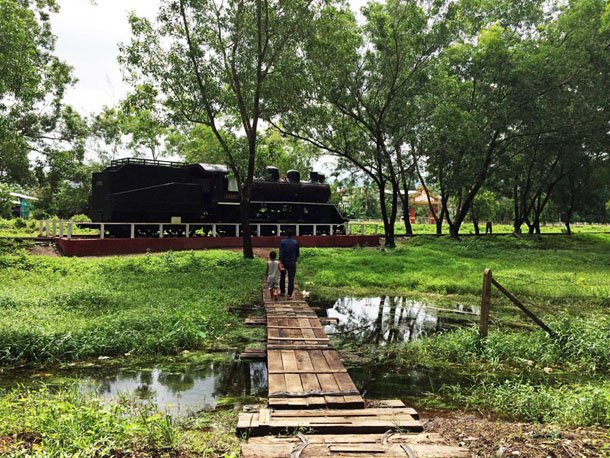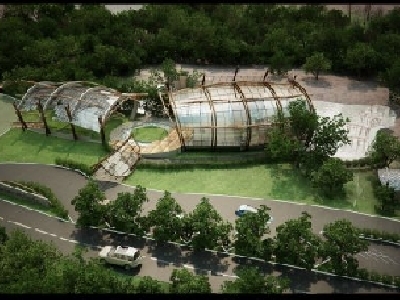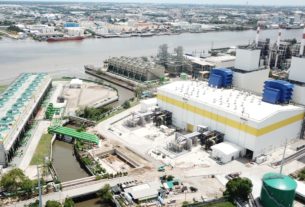
RANGOON — The Mon State government has awarded a company a contract to develop a museum, a hotel, a restaurant and other tourist facilities at the site of the World War II-era Death Railway in Thanbyuzayat Township, southeastern Burma.
State officials told The Irrawaddy that Tala Mon Company Ltd. had been granted the right to construct the facilities, adding that authorities hoped to develop the site soon in order to create an international tourist attraction in their state.
“We have historic pictures and we have [made] statues of the soldiers, and we will recreate scenes [from the Death Railway]—we also already have an old steam engine,” said Toe Toe Aung, the Mon State minister for civil development, adding that he expected the museum to be completed by June.
He said the state government would ask the Railways Ministry to construct a new, one-mile long piece of track that would symbolize the Death Railway, of which few traces remain in Thanbyuzayat Township. Toe Toe Aung said the budget for the project was yet to be determined.
Local media reported last week that an area of about 6.6 acres was being set aside for the plan.
Currently, the only reminders of the historic importance of the site are a large concrete signboard reading “Myanmar-Thailand-Japanese Death Railway line starts here,” and an old steam locomotive on a short piece of track. A damaged statue of a standing soldier can also be seen, its upper body lying in the grass.
The new project is being developed by the Mon State authorities, Toe Toe Aung said, adding that the British Embassy or the Commonwealth War Graves Commission had not been consulted.
“Until now, we don’t have any plans to collaborate with international bodies, including the British Embassy. But if they want to make suggestions for this project we will accept it,” he said.
The War Graves Commission maintains the grave site at Thanbyuzayat Township where several thousand victims of the Death Railway have been laid to rest, as well as two other World War II grave sites in Burma, including the large Taukkyan War Cemetery on the outskirts of Rangoon.
Burma was an important theater of war during the conflict. During the occupation, the Japanese army forced tens of thousands of prisoners of war from Britain, the Netherlands and Australia, alongside many Burmese and other Southeast Asian nationals, to construct a railway connecting Thailand’s Kanchanaburi District with Mon State’s Thanbyuzayat Township.
More than 16,000 prisoners of war died during the construction, or about 38 prisoners for every kilometer of the 415-kilometer railway. With little or no medical care, they succumbed to sickness, malnutrition and exhaustion. Many suffered horribly before their death.
In Thailand, remnants of the railway and a memorial have long drawn thousands of international visitors, something the Mon State authorities hope to replicate.
“If we complete this construction project, Mon State will become developed more because a lot of foreign visitors are expected to visit this historic place,” said Naing Lwin, general manager of Tala Mon Company Limited.
He said the firm would build a museum, a hotel, a gift shop, restaurants, a bus station, a swimming pool and “a reception hall for wedding ceremonies.”
Naing Lwin said the firm was awaiting further instructions from the state government, but had already begun a land survey in the proposed project area.
Tala Mon Company is owned by wealthy Mon businessman Min Banyar San, who has interests in tourism and travel, including Tala Mon Bus Company.
Central government officials have said in recent years that they would like to develop the old railway into a modern railway link to Thailand, once Burma has a nationwide peace agreement.
Source: http://www.irrawaddy.org/burma/mon-state-turn-death-railway-site-tourist-draw.html



